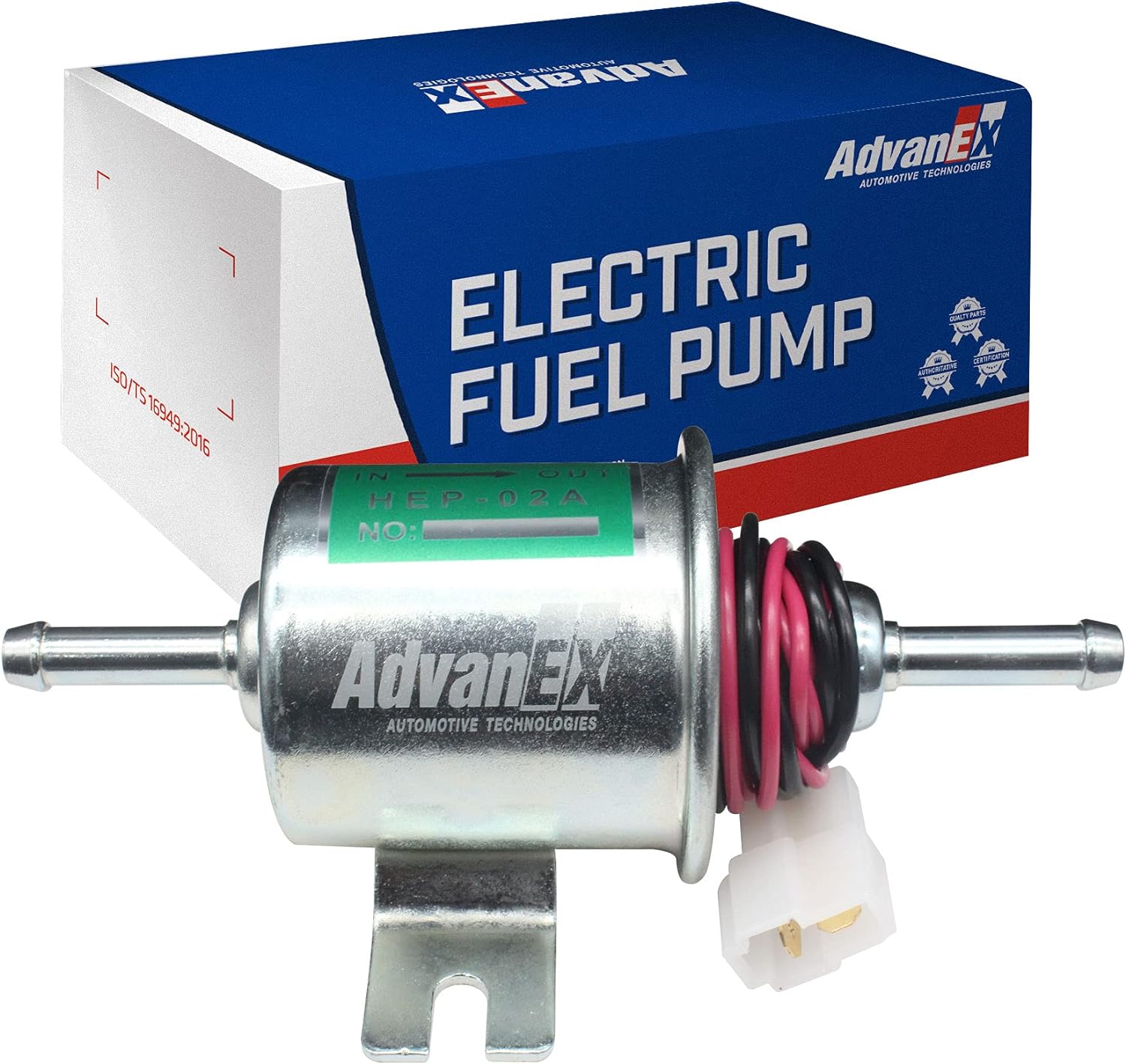Fuel pumps play a crucial role in the efficient functioning of various industries, from automotive to aviation. Understanding the two basic types of fuel pumps is essential for anyone involved in these industries. In this comprehensive guide, we will delve into the intricacies of these fuel pumps, their mechanisms, applications, and advantages. So, let's explore the world of fuel pumps and discover the key differences between positive displacement pumps and centrifugal pumps.
- Positive Displacement Fuel Pumps:
1.1 Definition and Working Principle:
Positive displacement fuel pumps operate by trapping fuel in a chamber and then displacing it to the outlet. This type of pump uses reciprocating or rotary motion to achieve this displacement. The most common types of positive displacement fuel pumps include gear pumps, vane pumps, and piston pumps.
1.2 Applications and Advantages:
Positive displacement fuel pumps find extensive use in industries where precise fuel delivery is crucial, such as automotive engines, aircraft engines, and industrial machinery. Their ability to maintain a consistent flow rate, even under varying pressures, makes them ideal for applications requiring accurate fuel measurement. Additionally, positive displacement pumps are known for their self-priming capabilities and resistance to cavitation.
- Centrifugal Fuel Pumps:
2.1 Definition and Working Principle:
Centrifugal fuel pumps, also known as dynamic pumps, rely on centrifugal force to move fuel from the inlet to the outlet. These pumps consist of an impeller that rotates at high speeds, creating a vacuum that draws in fuel and then propels it outward. The fuel is discharged tangentially, converting kinetic energy into pressure energy.
2.2 Applications and Advantages:
Centrifugal fuel pumps are widely used in industries where high flow rates are required, such as large-scale fuel transfer systems, oil refineries, and chemical plants. Their ability to handle large volumes of fuel with minimal pulsation makes them suitable for applications that demand continuous and smooth fuel flow. Moreover, centrifugal pumps are relatively simple in design, resulting in lower maintenance costs and higher operational efficiency.
Conclusion:
Understanding the two basic types of fuel pumps, positive displacement pumps and centrifugal pumps, is essential for professionals in various industries. Positive displacement pumps excel in precise fuel delivery and resistance to cavitation, while centrifugal pumps are ideal for high flow rate applications. By grasping the mechanisms, applications, and advantages of these fuel pumps, industry experts can make informed decisions regarding their implementation. So, whether you're an automotive engineer, an aircraft technician, or a fuel system designer, knowing the fundamentals of fuel pumps will undoubtedly enhance your expertise in the field.

